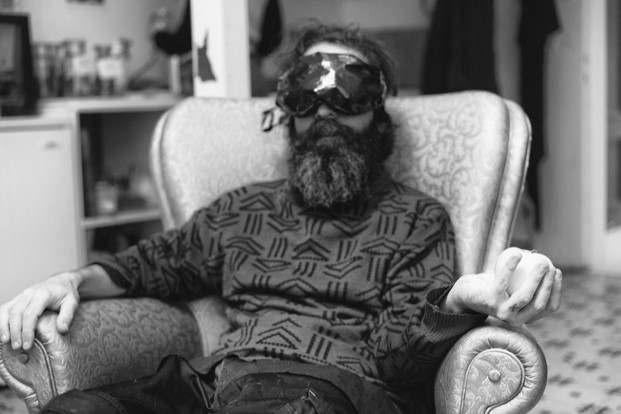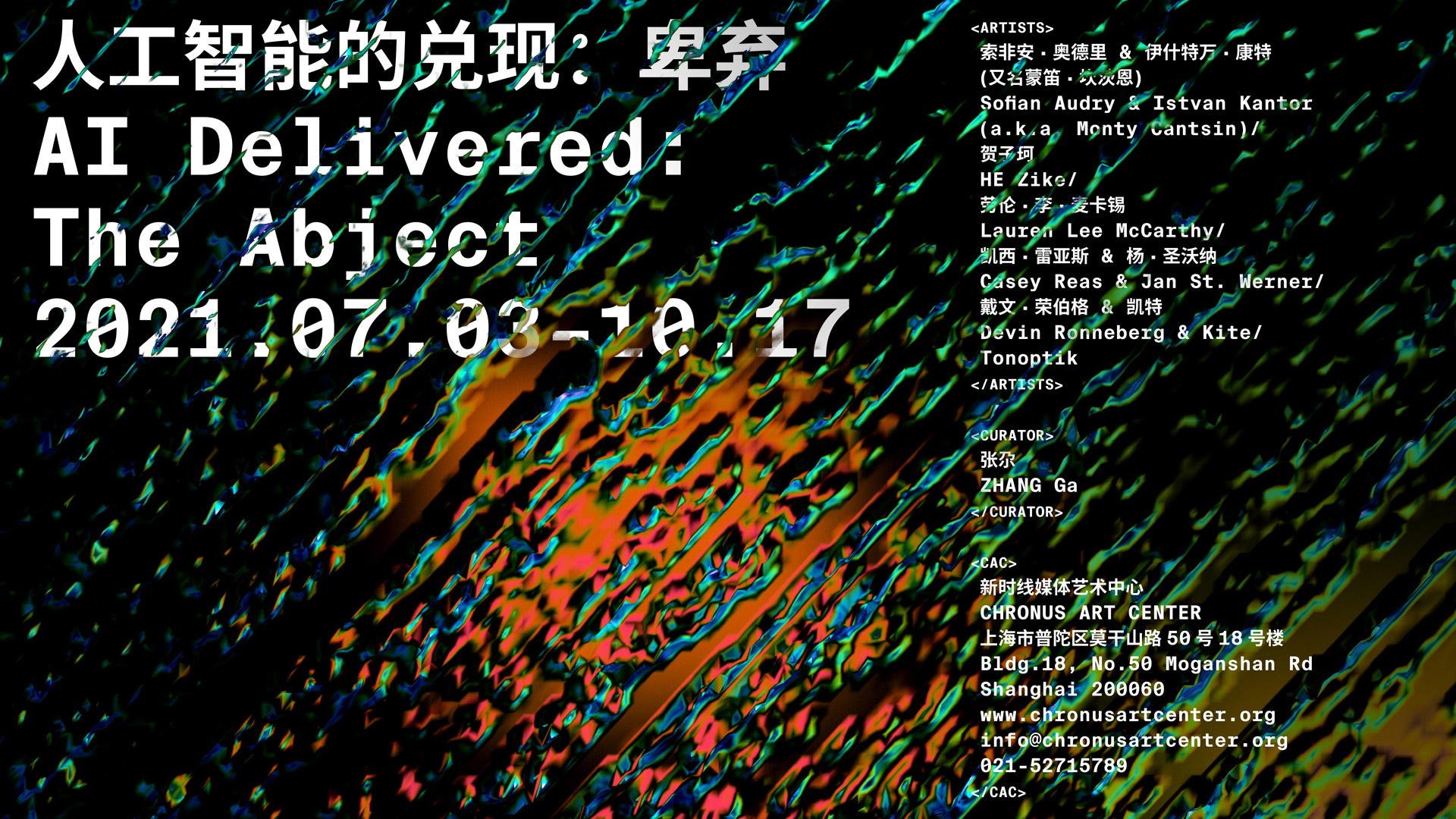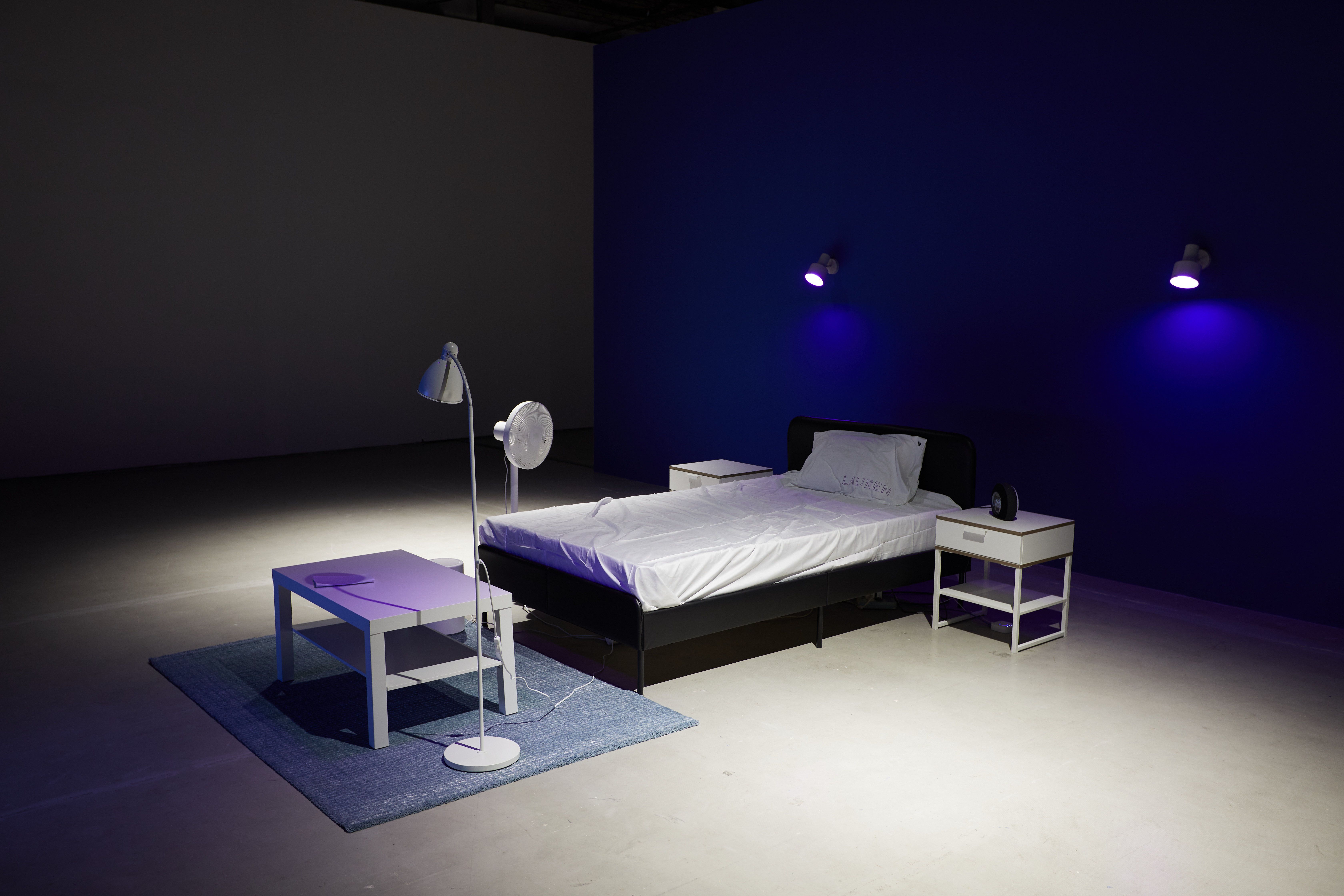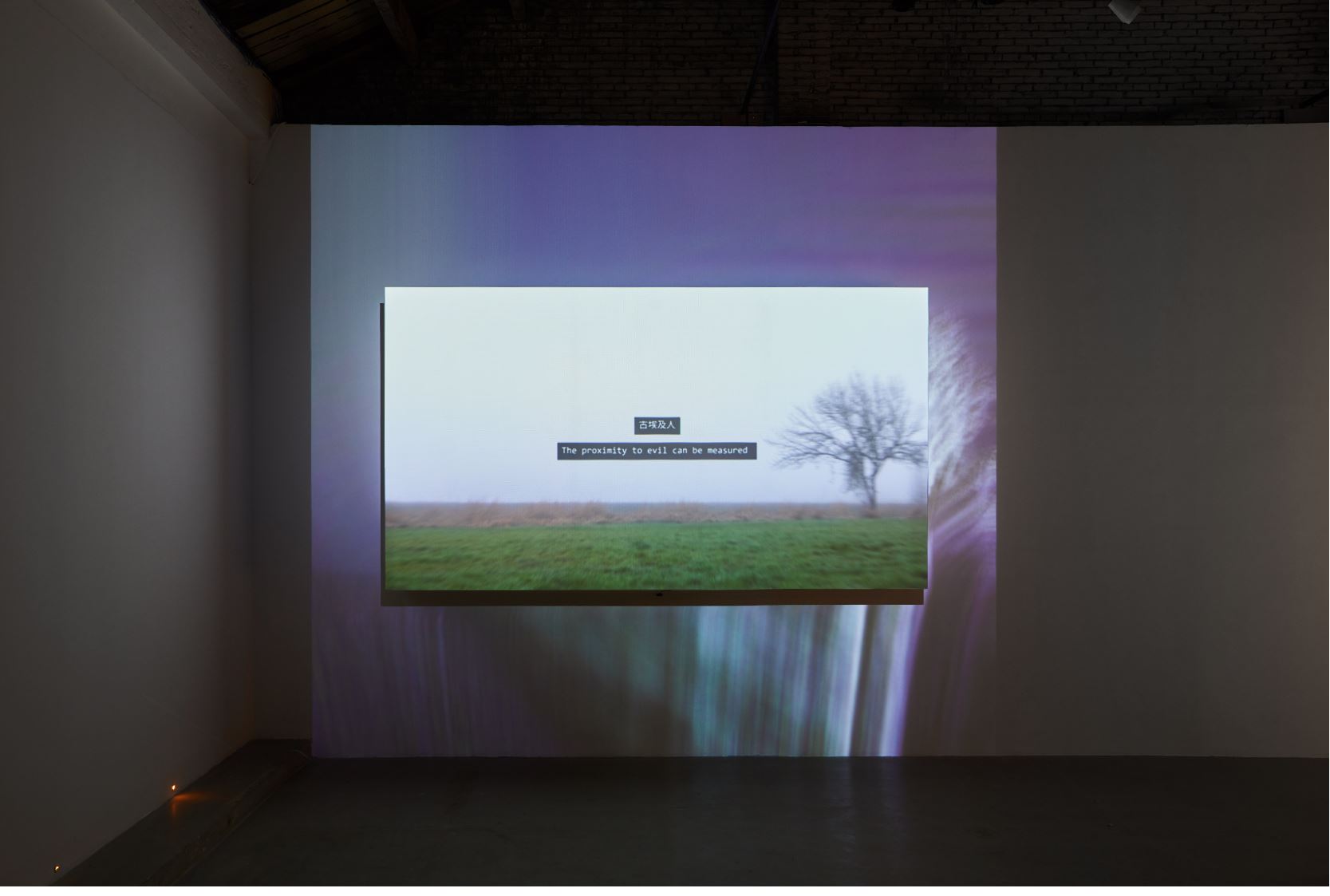Mycelium and Dust: Dispersed Fiction 2024.03.15 –2024.05.19 ARTIST: Martin Howse
SUPPORTED BY:
Abteilung Kultur und Bildung, Generalkonsulat der Bundesrepublik Deutschland Shanghai
Delving into the soil and volcanic craters, we glimpse across the ether from the micro-cosmos.
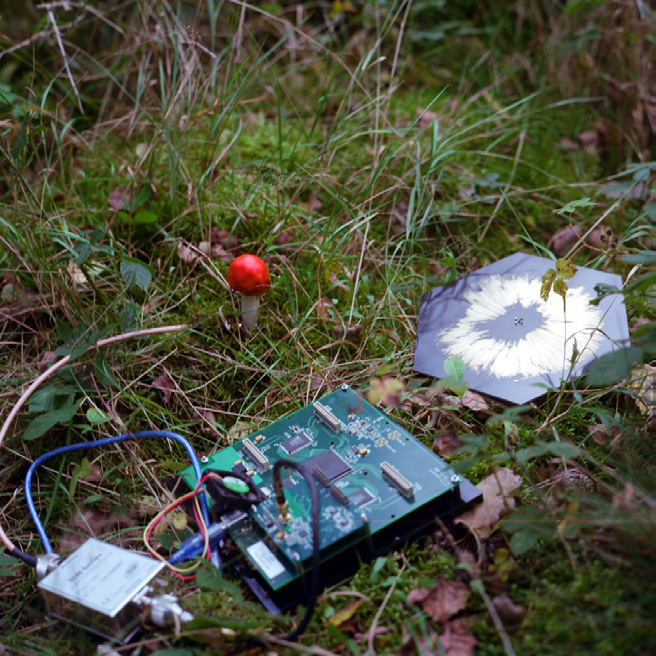
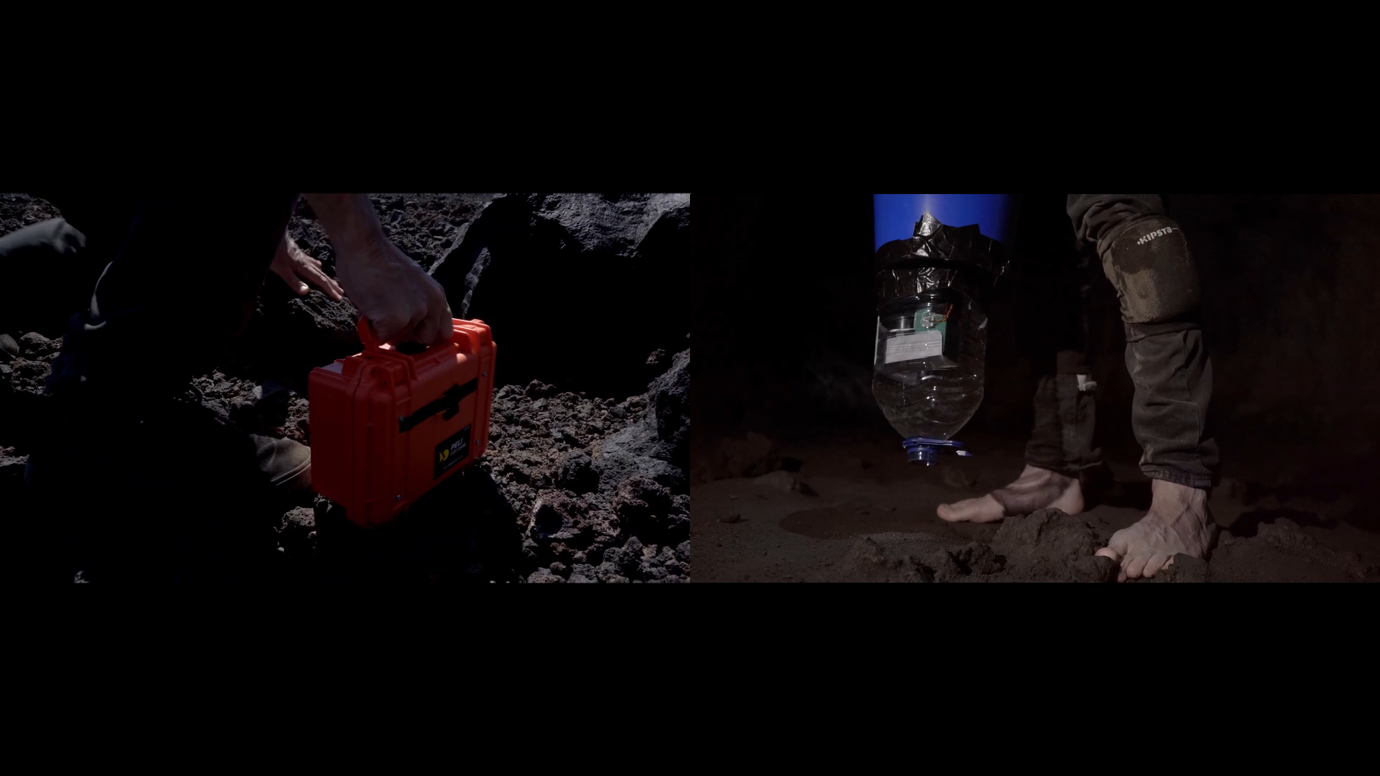
Howse's practices explore the impact of geological topology on individual psychology, consideringbody as the ultimate ecology of the apocalypse, becoming a part of soil and planets. In his works, fungi and geology are dynamic materials entangled with computer technology. Today, as minerals and geological time are incorporated into the vast contemporary infrastructure system, geological substrateand its inorganic components have already circulated into every living being. "bio-geo-symbio" is not a moral admonition of how human should coexist with nature, but as the normal withdrawals in an era of frequent emergencies, it becomes an increasingly revealing reality.
< About the Artist >
